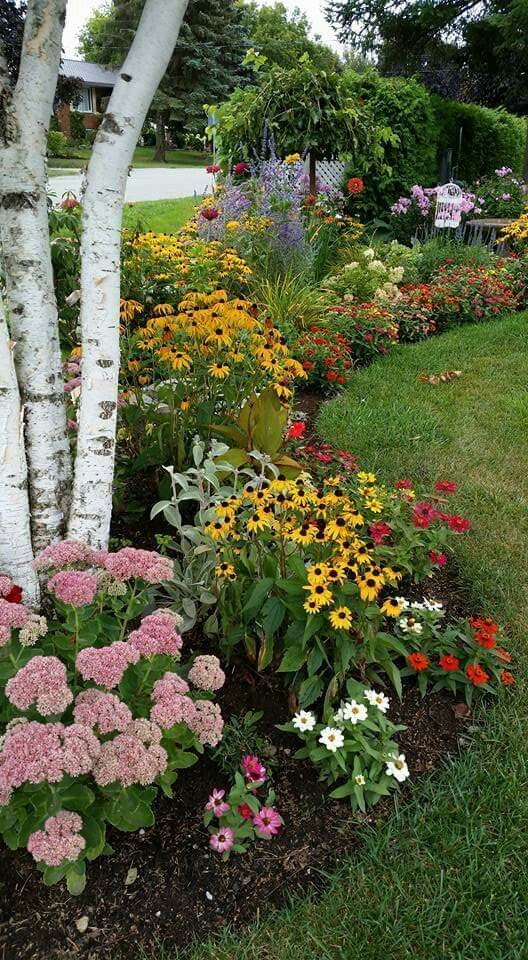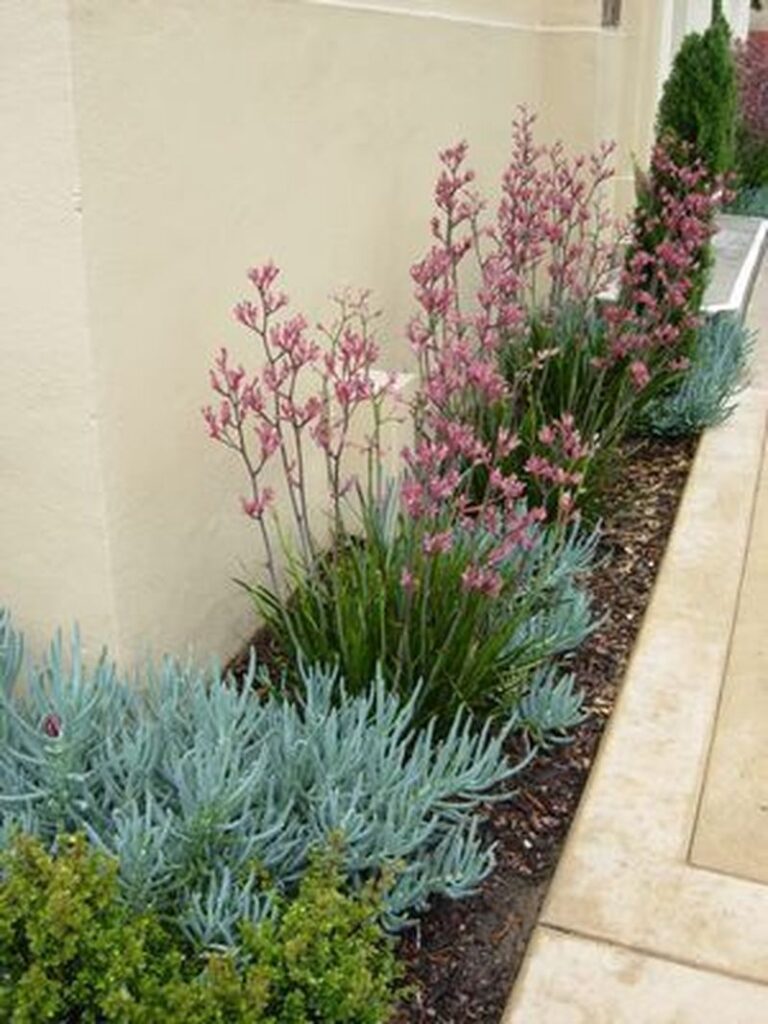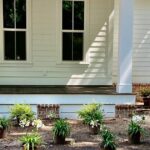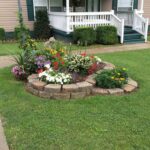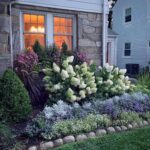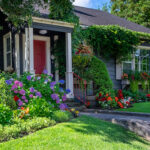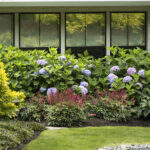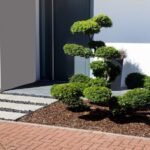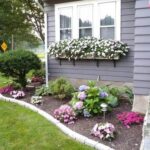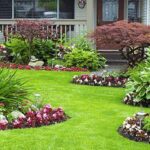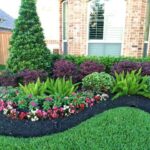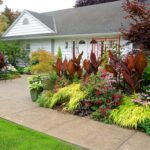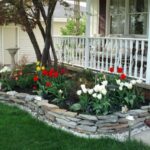Front yard flower beds are a beautiful and practical way to enhance your outdoor space. Whether you have a small or large front yard, incorporating flower beds can add color, texture, and curb appeal to your home. Not only do they provide aesthetic value, but they also attract pollinators and beneficial insects to your garden.
When planning your front yard flower beds, take into consideration the size and shape of your garden space. You can create traditional rectangular beds along the perimeter of your yard, or opt for curved or asymmetrical shapes for a more modern look. Consider the amount of sunlight the area receives and choose flowers that thrive in that specific light exposure. Mixing annuals and perennials can provide year-round color and interest in your flower beds.
Incorporating a variety of plant heights, colors, and textures can create a visually appealing front yard garden. Choose a focal point, such as a tall flowering shrub or ornamental grass, to anchor the design. Layering plants with different heights will create depth and dimension in your flower beds. Consider adding ornamental grasses, groundcovers, and vines for added interest and texture.
To maintain the health and beauty of your front yard flower beds, proper care and maintenance are essential. Regular watering, weeding, and mulching will help keep your plants healthy and flourishing. Pruning dead or overgrown foliage will promote new growth and maintain the shape of your plants. Consider adding a layer of organic mulch to help retain moisture, suppress weeds, and improve soil health.
In addition to aesthetics, front yard flower beds can also provide environmental benefits. Plants help reduce air pollution, provide oxygen, and absorb carbon dioxide. They also help prevent soil erosion and runoff, and provide habitat for wildlife. By incorporating native plants and pollinator-friendly flowers in your front yard flower beds, you can create a vibrant and sustainable garden that benefits both your home and the environment.
